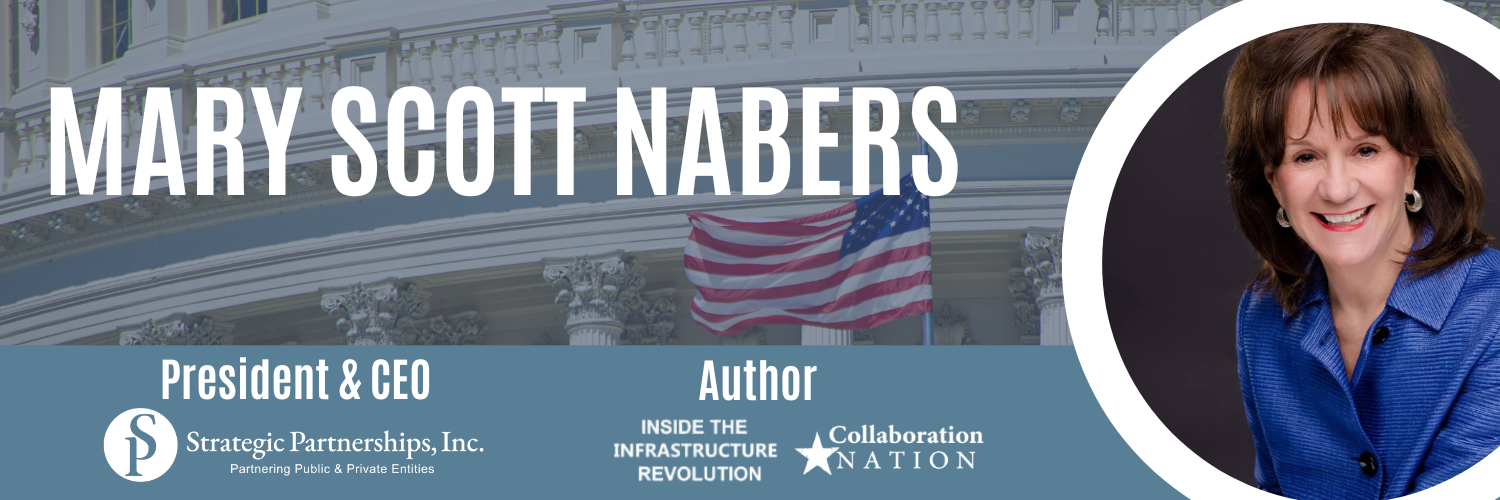
Just hours ago, the Trump Administration asked Congress to claw back $9.4 billion in funding that had already been approved. The requested cuts are primarily a result of recommendations made by the Department of Government Efficiency (DOGE) a program led, until recently, by Elon Musk. If the House and Senate agree, this request will halt many ongoing programs, projects and initiatives.
While the world waits to see what Congress will do with this request, numerous other similar requests to cut funding are expected to follow. It is interesting to note that almost half of the nation’s states now also have created government-efficiency-working groups or introduced legislation to create a DOGE-like program. While there is much variation between the state-led programs, the intent is consistent: making government more efficient and reducing funding. That effort is attractive to taxpayers as some of the cost cutting is welcomed… but other cuts are not welcomed.
This sweeping trend is particularly significant because it will result in substantial changes in future infrastructure projects. Infrastructure, of course, covers all systems, operations, and public assets that are necessary for quality of life, public safety, economic vitality and sustainability. Across the United States, government officials will still need to move forward with infrastructure upgrades, deferred maintenance, and technology modernization. Sustainability efforts must continue as well because of the increase in weather-related events such as wildfires, grid failures, flooding, and community shelters.
Because of the massive amount of funding that is needed for critical infrastructure projects – water, power, roads, bridges, airports, technology modernization, healthcare facilities, public safety, etc., it appears that private sector funding for large public projects may be the only option left. If that is the result, public private partnerships and collaborative initiatives of all types will become the norm.
Earlier this year, Florida established a State Department of Governmental Efficiency (DOGE) group. The state’s first areas of focus include state agencies, local governments, and higher education. The plan is for the task force to utilize artificial intelligence to review operations to identify potential funding cuts. The organization’s stated goals include abolishing 70 boards and commissions, a review of all college and university spending, audits of local government expenditures, and the potential return of unused and surplus federal dollars to the state. A $320 million federally funded project to launch a carbon reduction program has been put on hold and the governor points to streamlining actions including IT license optimization and the development of new contract methodologies to improve delivery time and reduce costs.
The Missouri Senate Government Efficiency Committee (MODOGE) launched a government portal featuring an online submission program that allows residents to report instances of government duplication, inefficiencies or waste. The state also launched a Legislative Office of Fiscal Transparency (LOFT) which has been granted authority to audit state agencies. Both MODOGE and LOFT share the goal of improving government efficiency, reducing waste, and increasing transparency in state operations.
In New Hampshire, a Commission on Government Efficiency was created. One of their goals focuses on improving the ways state bidding and contracts are handled. The complexity of the contracting process overall was something the committee wanted to eliminate and make more transparent. The commission will also explore the possibility of selling state-owned property that is not generating revenue or finding revenue producing uses for the state’s assets. Contractors for road design, construction, and maintenance may see an increase in opportunities as the Department of Transportation considers more outsourcing.
North Carolina has introduced two major initiatives to improve government efficiency. The first is to form a House Select Committee on Government Efficiency and give the group a mandate to evaluate both state and local government spending to identify areas of waste and mismanagement. Parallel to this, an IMPACT Center would be developed to evaluate and enhance the effectiveness of state agencies. A $20 million budget allocation has been requested to operate and oversee this program.
The state of Texas passed legislation to create the Texas Regulatory Efficiency Office (TREO). A $22.8 million funding allocation for the next 5 years was approved, and committee members have already launched efforts. The group will focus on unnecessary rules that can be eliminated, regulatory processes that can be dropped, and programs or requirements that hinder operations. One of its stated goals is to streamline business regulations such as permits and licensing.
Other similar state efforts include:
Oklahoma – The Division of Government Efficiency (DOGE-OK) was established within the Office of Management and Enterprise Services.
Wisconsin – A bipartisan Assembly Committee on Government Operations, Accountability and Transparency was formed to expose and address inefficiency.
Iowa – A 15-member DOGE task force was created through executive order to focus on optimizing taxpayer ROI, workforce development, and the use of technologies such as AI. A major agency reorganization is expected to consolidate 37 state cabinets down to 16.
Kansas- A Senate Committee on Government Efficiency (COGE) is soliciting public suggestions via an online portal and reviewing bills, including one that would require full-time state employees to return to the office.
Alabama – The Governor’s Study Group on Efficiency in Government was created in 2023 to evaluate potential consolidation of executive branch entities and improve state workforce management.
Arkansas – The “Arkansas Forward” initiative includes a proposed pay plan to streamline job classifications, save costs, and improve services.
Maryland – A Government Efficiency Commission was launched in 2024 to focus on simplifying permitting and licensing processes.
Louisiana – The Governor issued an executive order to create a Fiscal Responsibility Program in 2024. It targets waste reduction and budget optimization by leveraging technology.
New York – The governor proposed a State Office of Innovation and Efficiency in January 2025 that is backed by $1.4 million in funding to help deliver impactful infrastructure reforms and improve government operations.
So, why are all these new government initiatives important? They are important because private sector contractors should be monitoring the plans in states where they provide services. And it is perhaps even more important to realize that in the future, it is very possible that public officials with large government projects will be seeking contractors who bring investment partners with them to the negotiating table. There will obviously be less federal funding available and potentially less state funding, but critical projects will need to move forward.
Having written two books on collaborative initiatives where private sector funding is used in large government projects, I must close this article by saying this – when private sector funding is accepted by public officials, the contracting issues and the ownership is left with the public entity. These collaborations should always be a win-win for both parties. America has been slower to move into these types of delivery models, but other countries throughout the world have been launching successful partnerships of this type for decades.
The post A fast-growing trend may have great impact on government procurement appeared first on Government Market News.
